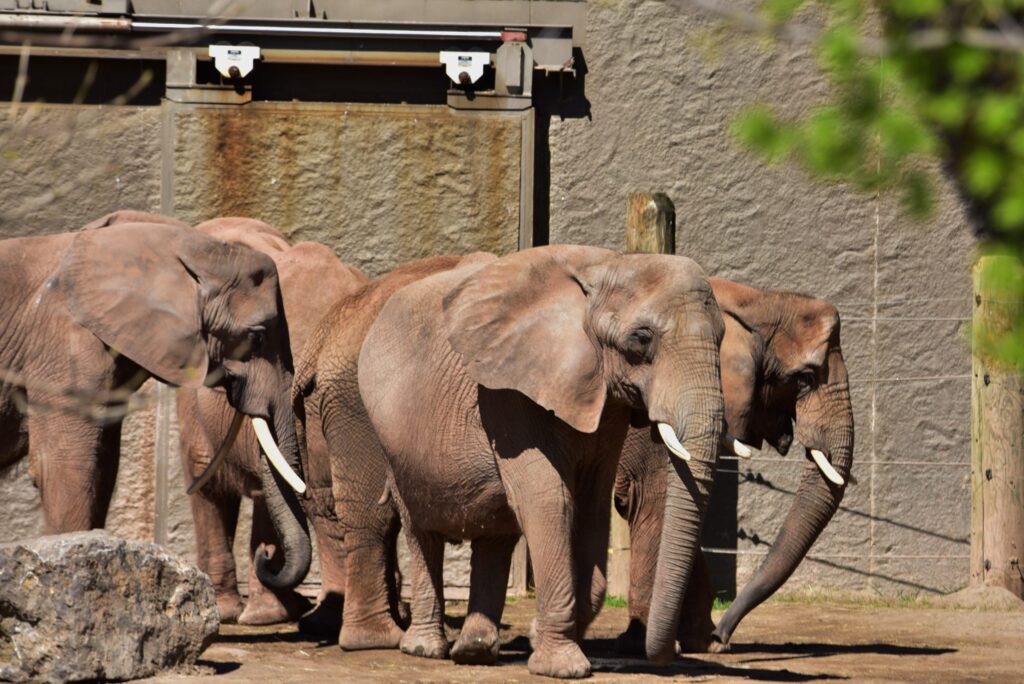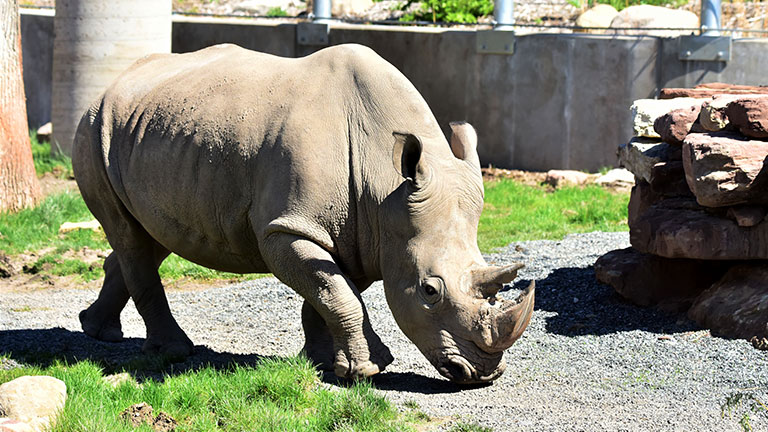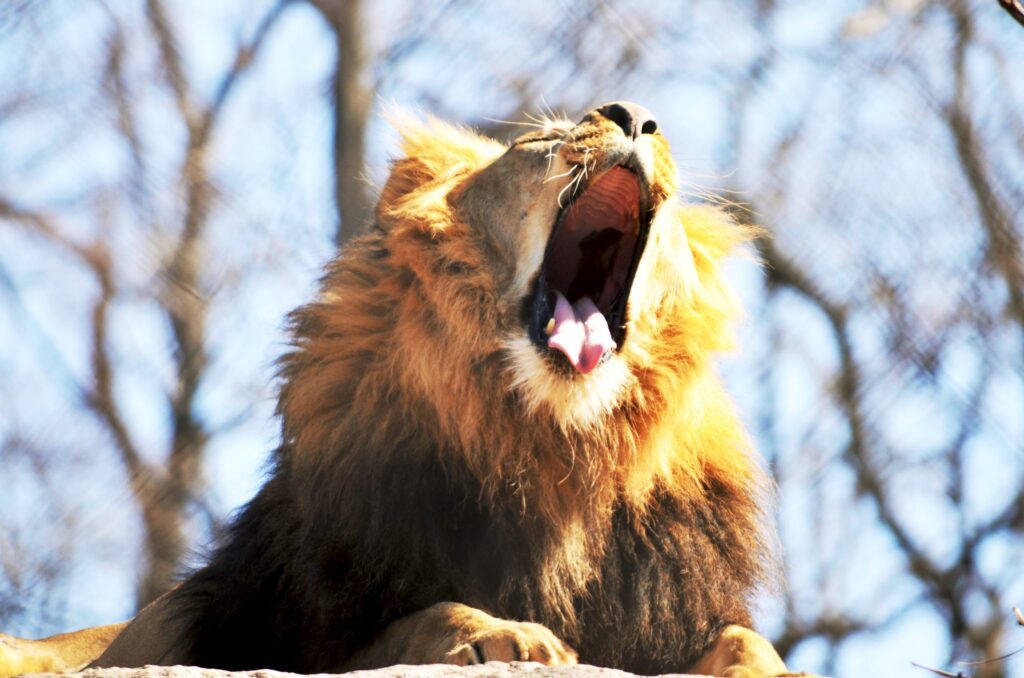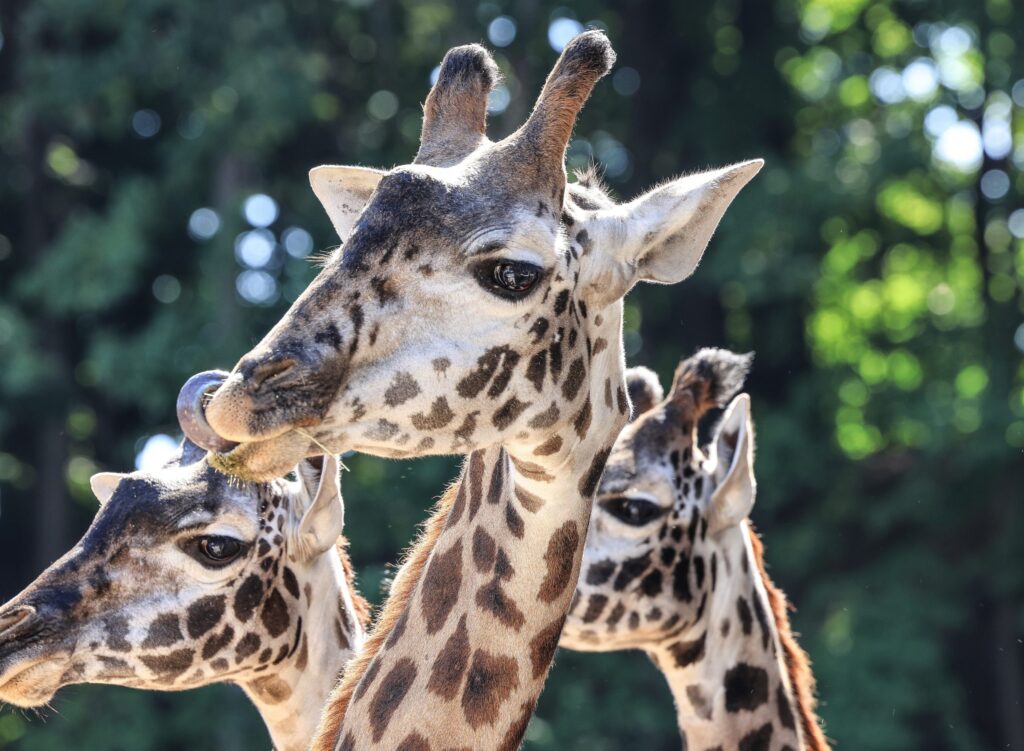Menu
Seneca Park Zoo partners with organizations like International Rhino Foundation (IRF), African Parks, Giraffe Conservation Foundation (GCF), and more to the support the conservation of wildlife throughout Africa.
The main cause of this decline is poaching for their ivory tusks – 96 elephants are killed in Africa each day.


Seneca Park Zoo partners with organizations like African Parks to address elephant conservation. One of the efforts we support is the operation of Garamba National Park in Democratic Republic of Congo.
Garamba National Park is a World Heritage Site that
The Zoo raises thousands of dollars each year for elephants and their habitat, in support of initiatives like this.
The biggest threats to African elephants are the ivory trade and habitat destruction. Poaching for meat and ivory significantly reduced the population of African elephants in the 20th century. We have partnered with the International Elephant Foundation (IEF) is a non-profit 501(c)(3) corporation of individuals and institutions dedicated to the conservation of African and Asian Elephants worldwide.
Although their population is rebounding, they still face a constant threat of poaching for their horns, which are falsely believed to have medicinal purposes.


The Zoo partners with organizations like the International Rhino Foundation (IRF), which is dedicated to the survival of the world’s rhino species through conservation and research. With our partners, we support anti-poaching programs in Southern Africa. These include:
Additionally, the Zoo hosts annual events including Cinco de Rhino, Bowling for Rhinos, and World Rhino Day that raise awareness and funds to support Rhino conservation.
You can be an advocate for rhinos by spreading the word about poaching and rhino horn. Rhino horn is made of keratin, the same material that makes up human hair and fingernails, and there is no research showing that keratin has medicinal properties.
You can also make a donation to help our rhino conservation efforts.
Causes of their steep decline include habitat loss, indiscriminate killings, and hunting.
Many parts of Africa have fenced in their reserves to protect both the lions and the people living around lion territory. This requires intensive and proper reserve management, which is difficult to accomplish in a time where conservation funding is virtually non-existent.


Seneca Park Zoo partners with organizations like Lion Landscapes to fund The community Camera Trapping Program. This camera trap program directly links the presence of wildlife on village land to tangible community benefits. Villagers monitor their own wildlife populations through camera traps, and villages with more wildlife receive the most additional benefits.
Habitat fragmentation, human-wildlife conflict, and illegal hunting are all problems that giraffes are facing.


Seneca Park Zoo partners with organizations like the Giraffe Conservation Foundation (GCF), an international conservation organization that provides innovative approaches to saving giraffe in their natural range.
Scientists are tracking spatial movement and giraffes use of habitat through Twiga Trackers – small GPS devices that attach to giraffe ossicones (the horn-like protuberances on the heads of giraffes). These devices are lightweight and solar powered, allowing researchers to closely track giraffes without being intrusive.
You can support giraffe conservation by spreading the word about their declining population. Without the proper attention, funds for conservation and projects to stop the decline are limited.
You can also donate to giraffe conservation at the Zoo or participate in Jungle Jog 5K.
Every day is a great day to visit the Zoo. Experience life on the wild side, enjoy up-close animal interactions and support global conservation efforts—right here at the Zoo. Reserve your tickets now for quick and easy entry, and enjoy more time connecting with wildlife.
Zoo opens at 9:30 a.m. for our Zoo members.
Open all year long. Closed on Thanksgiving Day, Christmas Day, and New Year’s Day.
Seneca Park Zoo Society is a tax-exempt 501(C)(3) nonprofit organization. Your gift is tax-deductible as allowed by law.
Seneca Park Zoo is a smoke-free facility.
Copyright © Seneca Park Zoo 2022